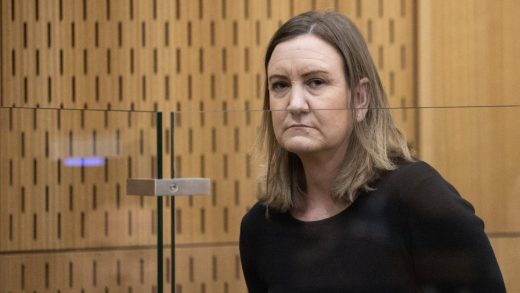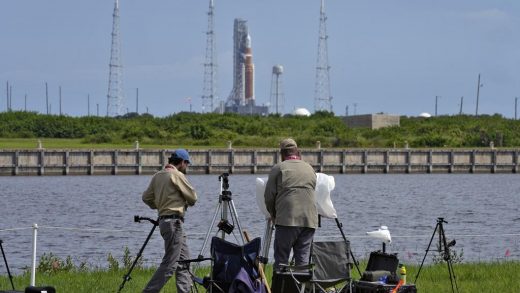
RNZ
The compensation offered doesn’t come close to what was lost, says Morrinsville dairy farmer Peter Le Heron.
A Morrinsville dairy farmer says he has lost tens of thousands of dollars after a technician failed to get a portion of his cows in calf through artificial insemination.
Peter Le Heron said on day 22 of mating, he learnt his Livestock Improvement Corporation (LIC) technician was being withdrawn from service due to bad rates and 16 local farmers were also affected.
“Normally you go 24 days before you get results back on returns, but they were using the returns from other clients around the district and we were one of 17 farmers that were affected.”
Le Heron said various measures including short gestation semen was used to get his in-calf rate back up.
However, his not-in-calf rate was 38% at the end of mating, compared to 14% the previous year and 16% the year before that.
Le Heron said he was offered compensation by LIC but it does not come close to what he has lost.
“I am out of pocket by between $70,000 and $80,000 conservatively and the compensation of just on $4198 is like a kick in the pants. Others were offered much the same on a per-cow basis.
“At the end of the day, if there’s bad technicians out there, they shouldn’t be employing them because the farmer’s future actually lies in their hands when they are inseminating.”
Mark Taylor/Waikato Times
Peter Le Heron said his concerns were taken to LIC’s directors, but they found the compensation was fine.
Le Heron said the total compensation sum of $4198.78 plus GST does not cover the loss of income from selling heifer calves, the number of empty cows and the lack of milk from 37 cows that did not calf in the first three weeks.
“It all adds up, including extra money for doing vet work. If cows are late they will not cycle in the same time and we will probably have to do preventative work with vets coming in to help them start to have into heat.
“Complications go right through, but it is not just this year – there is a lag effect going into next year too.”
Le Heron said he pushed back on the compensation when it was initially offered and his concerns were taken to LIC’s board of directors.
However, Le Heron said the board deemed the policy to be fine.
A letter, witnessed by RNZ outlines the compensation offer.
It states: “Based on our calculations, the AB (artificial breeding) group’s non return rate has been assessed at 12.8 percent points greater than the mean of the AB supervisor area average non return rate.”
It further stated the calculation of the “goodwill payment” was based on inseminations in Le Heron’s herd, multiplied by the district non-return rate average percentage, then multiplied by LIC’s board approved per cow payment.
Le Heron said he would like to see the compensation policy change to protect farmers in the future.
“They make massive profit, what is a million dollars out of their profit to keep farmers happy? We are a cooperative and we should be better looked after.
“I think they need to change their technician failure policy, in terms of compensation but I think they also need to change their technician training to make sure they are up to speed.”
MARK TAYLOR/Stuff
LIC monitors non-return rates and stands down any technicians falling outside the parameters, said LIC’s Malcolm Ellis.
LIC’s New Zealand markets general manager Malcolm Ellis provided a written statement in response to questions by RNZ.
He said non-return rates are monitored daily from day 24 of mating and in the event of a technician falling outside the parameters, the technician is stood down.
Ellis said in that event, LIC would then work with the farmer to utilise all options in an attempt to reduce the impact on farm.
However, Ellis did not respond to direct questioning regarding Le Heron’s case or whether the policy around compensation would be reviewed.
He did say the cooperative has two board approved goodwill policies targeted at assisting recovery in the event AB technician performance hasn’t met the identified parameters.


